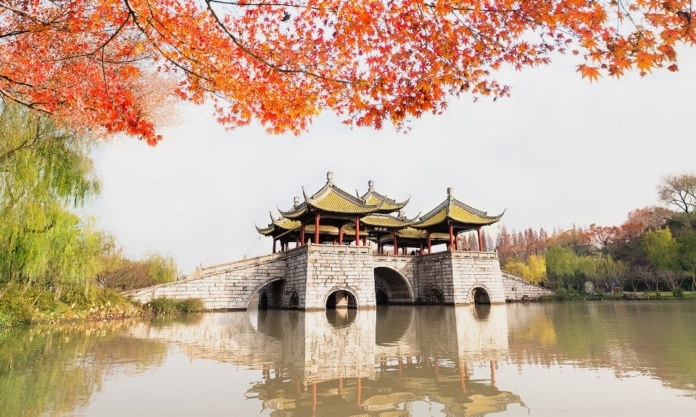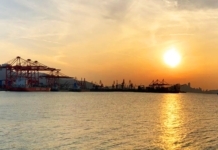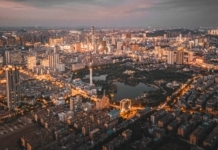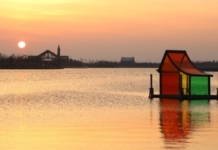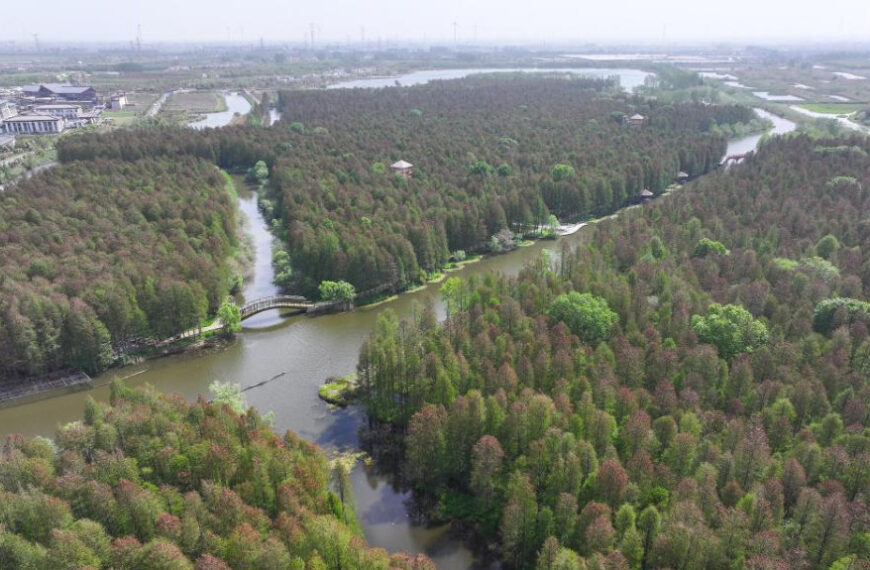Nanjing’s neighbouring city of Yangzhou is stereotypically famed for two things; pretty ladies and fried rice. While there is a lot to be said for both, in the bigger scheme of things, the city of Yangzhou was, historically, one of the wealthiest in China, and up there with the best as regards links with the outside world.
In part, the city’s skills with lacquerware were responsible for its prolific domestic and international profile. During the Tang dynasty, Yangzhou lacquerware was in high demand, both as an imperial tribute and as an export. Lacquer colouring, lacquer carving, and the creation of cloth-inlaid, hollow-core pieces, among other techniques, grew increasingly sophisticated during this period.
By the time the Republic of China was founded in 1912, sales of Yangzhou’s lacquerware had grown so large that on average a ship laden with products was sent out from the city’s port 2-3 times a month.
Yangzhou lacquerware has seen a renaissance in recent decades, with the sity China’s most important production centre for lacquerware, standing out as the most deeply-imbued with local culture, reflecting its grace and elegance, and demonstrating the exquisite and refined tastes of the city’s inhabitants. By way of example, tens of thousands of lacquerware art pieces discovered during the excavation of Han dynasty tombs can be seen in the Yangzhou Museum today.
But the story of the city’s growth is not without flaw. A major port for foreign trade since the Tang dynasty (618–907 CE), with many an Arab and Persian merchant within the then city walls, in the 7th century, Yangzhou’s only chink in its armour was the massacre, in the thousands, of many of the aforementioned in 760 during the An Lushan Rebellion.
The tourists keep on coming, however, for the food, the city’s canals as a poster child showing that Jiangsu’s water towns are not only confined to areas south of the Yangtze, and for the hot spas that are also something of a local delicacy.
They can be found around Slender West Lake, with its weeping willows entirely surrounding the snaking waters. Here, the number 24 is a big deal for Yangzhou and its Slender West Lake. During Emperor Qianlong’s reign of the Qing Dynasty (1644-1911 CE), the lake became well known for 24 scenic spots. The best known of all is 24 Bridge, named as a nod to its 24 parapets and 24 steps. The Five Pavillion Bridge, therefore, also needs no further introduction.
Yangzhou is also famed for being the home town for much-respected former Chinese leader Jiang Zemin, while in 2019, UNESCO granted Yangzhou status as World Capital of Gastronomy. Responsible for this, the aforementioned fried rice, in addition to local classics such as Lion’s Head Meatball.
As testament to its culinary standing, Yangzhou cuisine can be found served up as both a taste of home for some and treat for visitors to Jiangsu, with authentic local dishes often available on select high-speed trains operating in the region.
It’s a development which serves well as a metaphor for the city’s recent growth. In fact, it was not until 2004 that a railway linked Yangzhou with Nanjing for the first time. Similarly, it was only in the past few years that the Yangzhounese could finally take a direct train to Shanghai.
Yangzhou is 1 hour by high-speed train from Nanjing and about 2 hours from Shanghai. Yangzhou also shares an airport with neighbouring Taizhou City, the Yangzhou Taizhou International Airport, often simply called Yangtai Airport, about 30 kilometres from downtown Yangzhou.


